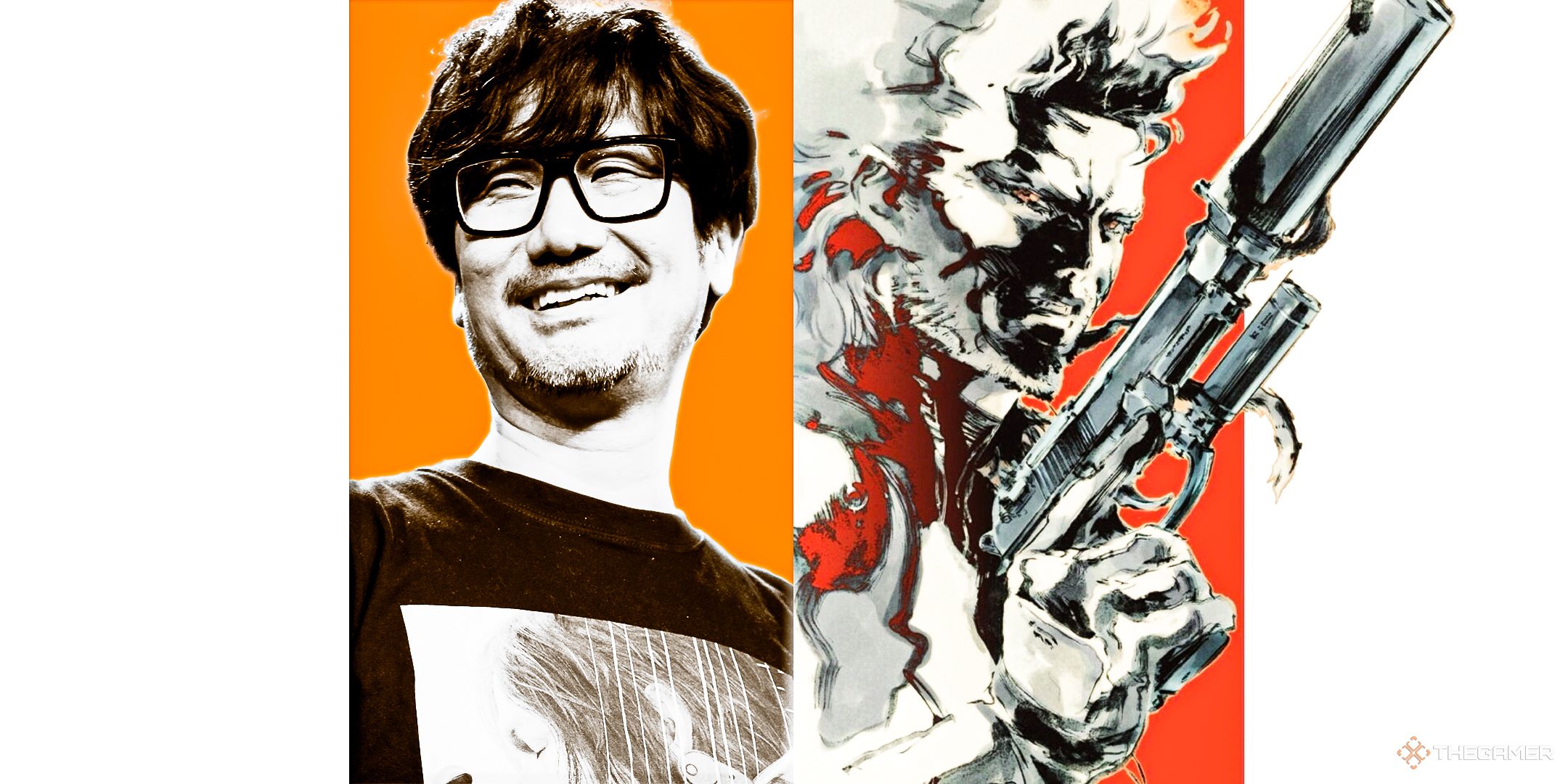Hideo Kojima's Metal Gear Solid 2: A Gaming History Masterclass

A Glimpse into the Early Days of Game Development
The video game industry at the turn of the millennium was a rapidly evolving landscape. It was a time marked by rapid technological advancements and a sense of boundless creativity. Developers were experimenting with new ideas, pushing the boundaries of what games could be, while players were treated to groundbreaking experiences that felt both innovative and unpredictable.
In many ways, this era is now a distant memory. The industry has shifted toward a more corporate-driven model, where the focus often lies on profit over artistic expression. However, in 1998, when Kojima Productions was working on Metal Gear Solid 2: Sons of Liberty, the environment was still filled with a sense of freedom and possibility. While the team had to navigate the expectations of their corporate superiors, there was a unique space for creativity and experimentation that seems less common today.
Hideo Kojima’s Diary: A Window into Creativity
A recent read of a translated version of Hideo Kojima’s personal diary from the period following the release of Metal Gear Solid in 1998 to the launch of Sons of Liberty in 2001 offers a fascinating insight into the development process. These entries are brief but rich with personal and professional reflections, capturing the thoughts of a creative mind still learning the ropes of 3D game design.
Kojima’s journey began with earlier titles like Metal Gear 1&2, Snatcher, and Policenauts. His diary reveals a man in transition, navigating the challenges of developing a triple-A title while balancing the pressures of creativity and production. What stands out is his emotional honesty—expressing doubts about his abilities, celebrating small victories, and reflecting on the growing capabilities of the hardware he was working with.
The Evolution of a Visionary
One of the most intriguing aspects of the diary is how it captures Kojima’s growth as a developer. He reflects on the success of the original Metal Gear Solid and the anticipation surrounding Sons of Liberty. There are moments of frustration and self-doubt, but also bursts of inspiration that show the passion driving his work.
Kojima also touches on the changing nature of the industry, noting how many developers entered the field not out of a desire to create art, but because of the popularity and profitability of video games. This observation highlights a shift in the industry’s values over time.
The Human Side of Game Development
Beyond the technical and creative challenges, Kojima’s diary also reveals the human side of game development. He writes about everyday moments—lunches with colleagues, discussions about future projects, and even his love for films and television. These details paint a picture of a man who is deeply engaged with the world around him, drawing inspiration from popular culture and global events.
For example, Kojima reflects on the impact of The Legend of Zelda: Ocarina of Time, Final Fantasy 8, and The Matrix on his creative process. He also comments on real-world events, such as the 1998 bombing of Iraq and the September 11 attacks, showing how these moments influenced his thinking and the narrative of Metal Gear Solid 2.
A Reflection on the Past and Present
Kojima’s diary serves as a reminder of a time when the game industry was still finding its voice. It captures the tension between artistic ambition and commercial pressures, as well as the personal sacrifices made by those who worked on major projects. His entries reveal a deep connection to the medium and a desire to tell stories that reflect the complexities of the real world.
While the industry has grown in many ways, there is something special about the raw, unfiltered insights found in Kojima’s diary. It offers a rare glimpse into the creative process of one of gaming’s most influential figures, and it reminds us of the value of honesty, vulnerability, and passion in game development.
Post a Comment for "Hideo Kojima's Metal Gear Solid 2: A Gaming History Masterclass"
Post a Comment